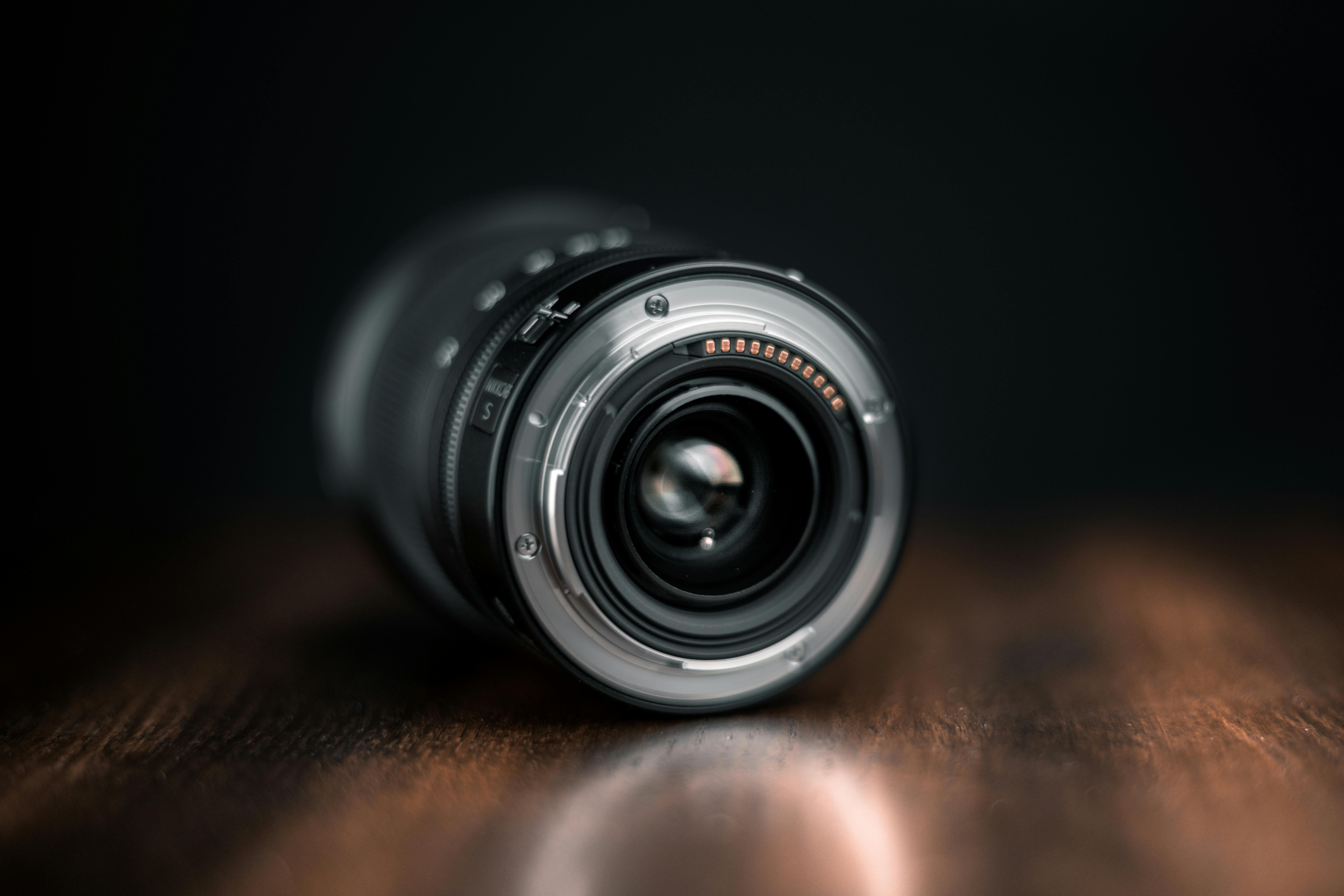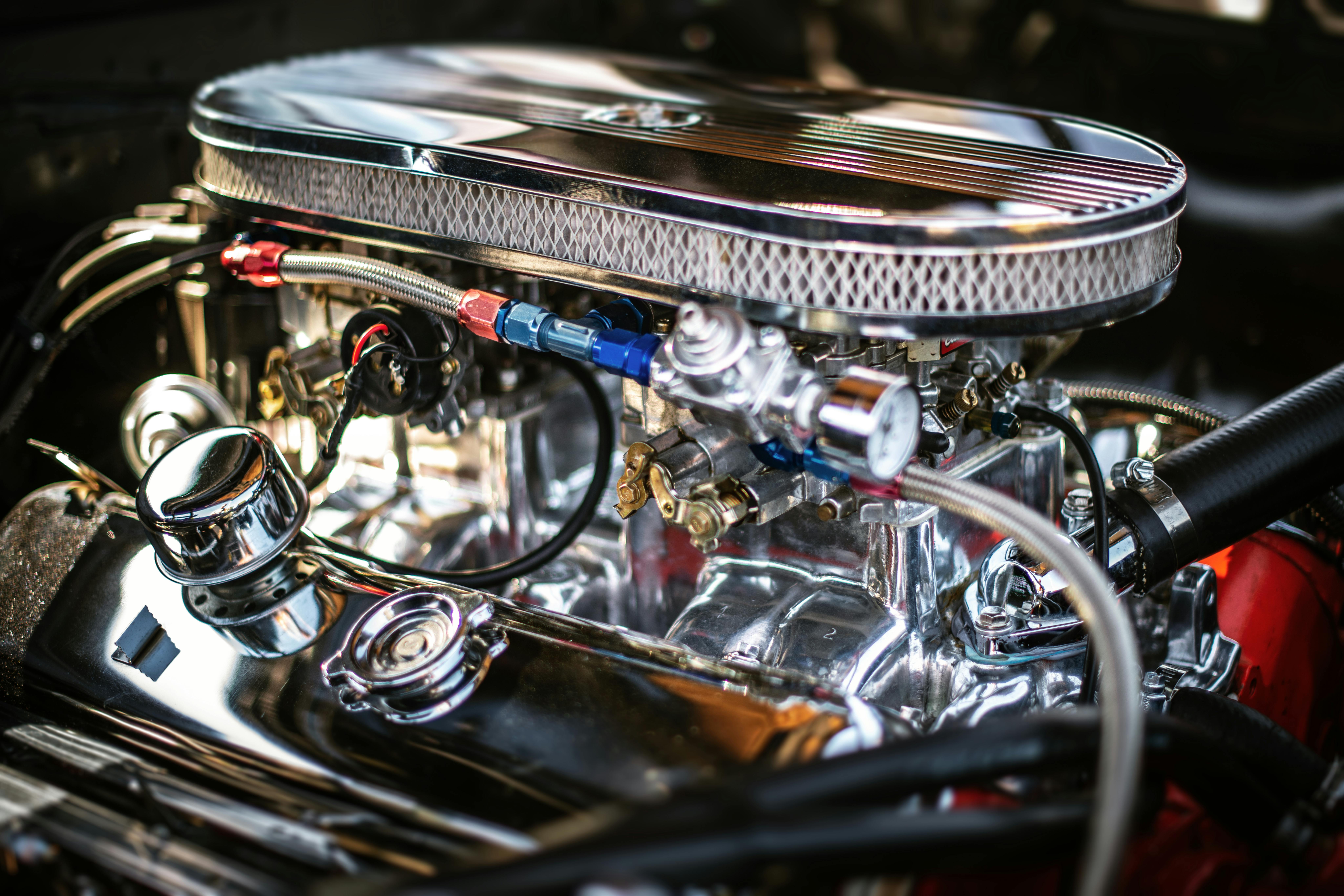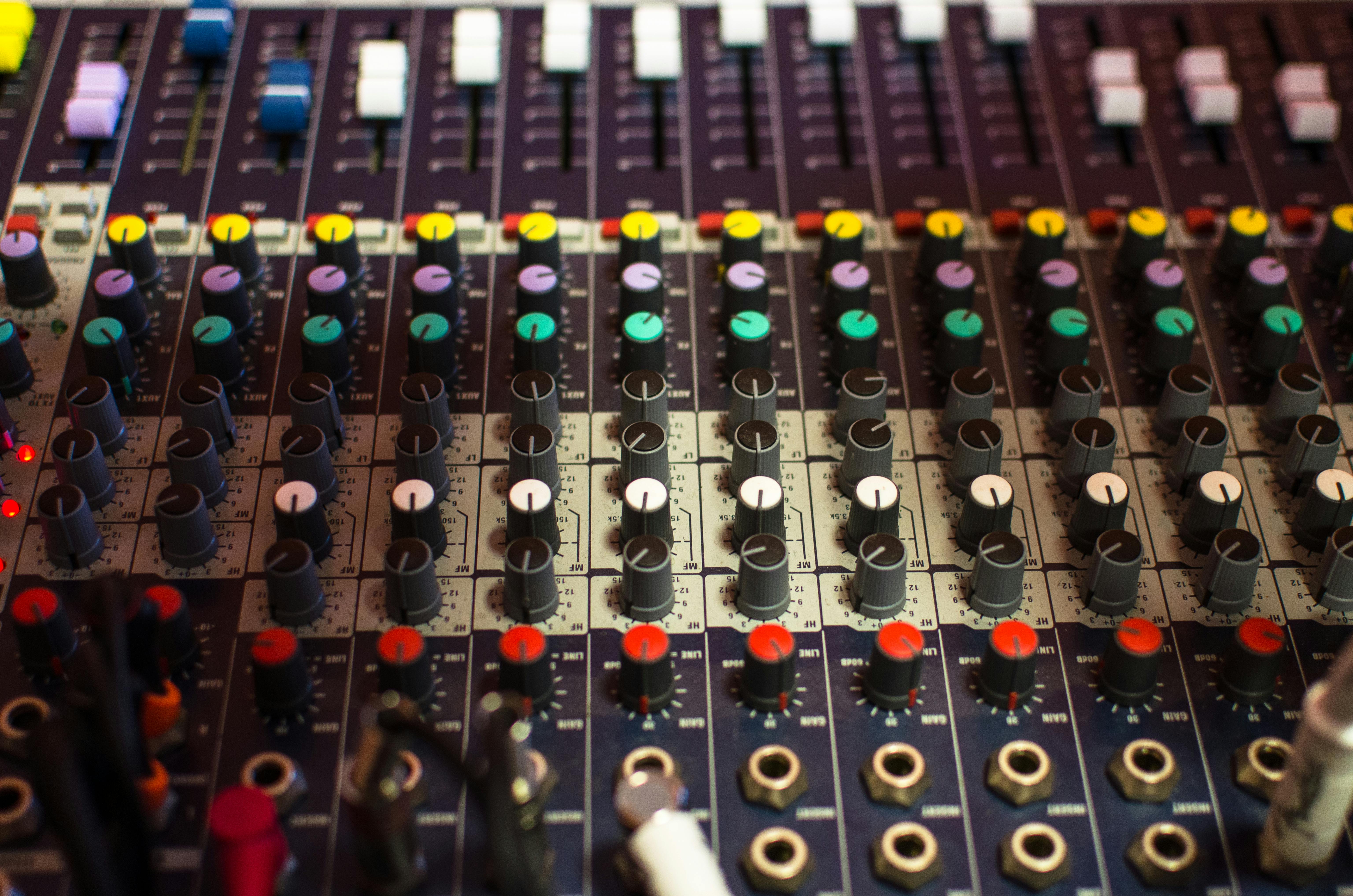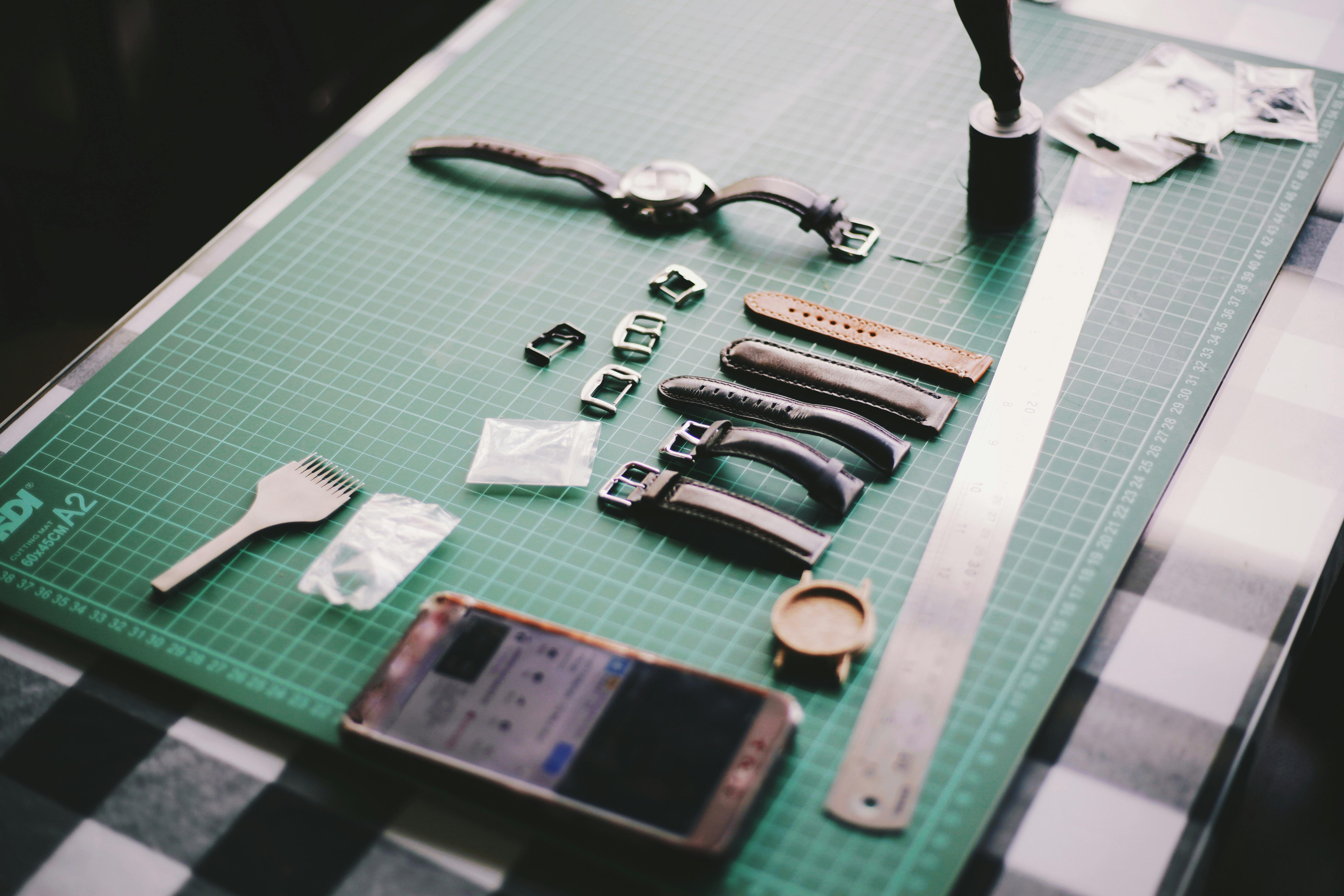
It is simply the most powerful paid advertising platform for online search. With over 91% of the search engine market share, Google is undoubtedly the undisputed champion of all time.
As a result, it’s normal for every business in the world to want a piece of the action on the first page of Google, whether through paid AdWords PPC advertising or organic search marketing. Let’s face it, if your website doesn’t appear on the first page of Google for any given keyword query in your industry, you can forget about acquiring new customers on this platform.
Use of the AdWords platform
As we all know, with power comes complexity and learning curves before one can show remarkable achievement. AdWords can make or break you depending on your skills in managing your campaigns. Let’s face it, companies don’t want to waste money in the paid advertising buying process to acquire more leads. The main goal of any business is to grow and make a profit.
At the end of the day, the only important metrics that matter to business owners are conversion rates and ROI (return on investment). There sure are a lot of important metrics to track and monitor for any savvy marketer. Furthermore, these metrics are grouped into a measurable value called a “KPI” or key performance indicator. This value was designed to monitor a company’s overall marketing goals (the success or failure of a campaign). Some of those KPIs to monitor are called: CPC (cost per click), CTR (click through rate), CPA (cost per acquisition), CPC (cost per conversion), CLV (customer lifetime). -value), just to name a few.
The AdWords platform has countless configurations that you could compare to the control panel in the cockpit of an airplane. Yes indeed, very confusing for someone with no experience in paid advertising.
Just to give you a brief idea of the different settings that require your attention when creating an AdWords campaign for the first time, some of the settings on the list are as follows: campaign creation for ad groups, ad copies, budget settings and max. CPC settings. From setting keyword match types like “broad match, modified broad match, phrase match, exact match to setting negative broad match, negative phrase match, negative exact match. Conversion tracking and tag settings and Google Tag Manager triggers, demographics, ad placements and placement settings, scheduling, ad extensions settings, call extensions, display network ad settings, QS (quality score) understanding and the list goes on and on go on.
It’s quite understandable that most companies don’t have the in-house expertise to adjust and manage the AdWords campaign. More importantly, your CPA (cost per acquisition) is much higher due to your campaigns not being fully optimized. As a result, your QS (quality score) (measured from 1 to 10 based on ad relevance, keywords in ad text, URL, landing page, etc.) per keyword is very low, which which makes your CPC (cost per click) much higher. Also, ad impressions (number of times your ads are shown) will be low due to poor campaign optimization.
Time for a Google AdWords Account Audit
It is always recommended to request a Google AdWords account audit by a certified third-party professional. Most importantly, that professional will help you understand why your campaigns aren’t working the way you want.
An AdWords account audit is the process of evaluating the overall effectiveness of your marketing campaigns and keeping your account running smoothly to increase your ROI. Only a certified Google AdWords professional will be able to help you find the missing link. During the evaluation, many hidden problems will be discovered. Each element will be analyzed and recorded separately.
A full analysis of your account structure will be performed to pinpoint weak elements. An AdWords audit will also help you discover where ad spend is being wasted, and more importantly, how it can be improved; furthermore, new ideas will also be suggested.
You see, there’s a lot more to Google AdWords than just creating an ad and launching a bunch of keywords in a single ad group and adding the website URL.
The most important aspect of any AdWords campaign is conversion tracking. More than 95% of companies do not have that right. To adjust and improve ROI, you first need to understand what’s going on. If you can’t track your conversion properly, how can you analyze your data and fix the bad results that are burning through your paid advertising budget?
Additionally, a high percentage of businesses are missing important elements online. They just don’t have a proper end-to-end sales funnel with automation to capture new leads daily and convert them into buyers. Having a website is only a small fraction of the online marketing equation and that is the main reason why so many businesses are losing money trying to advertise online. More importantly, they don’t have a proper CRM (customer relationship management) platform to capture and nurture their leads through email marketing automation. So they just send expensive paid traffic directly to their websites and hope for the best, a spray and pray technique that won’t bring much results.








